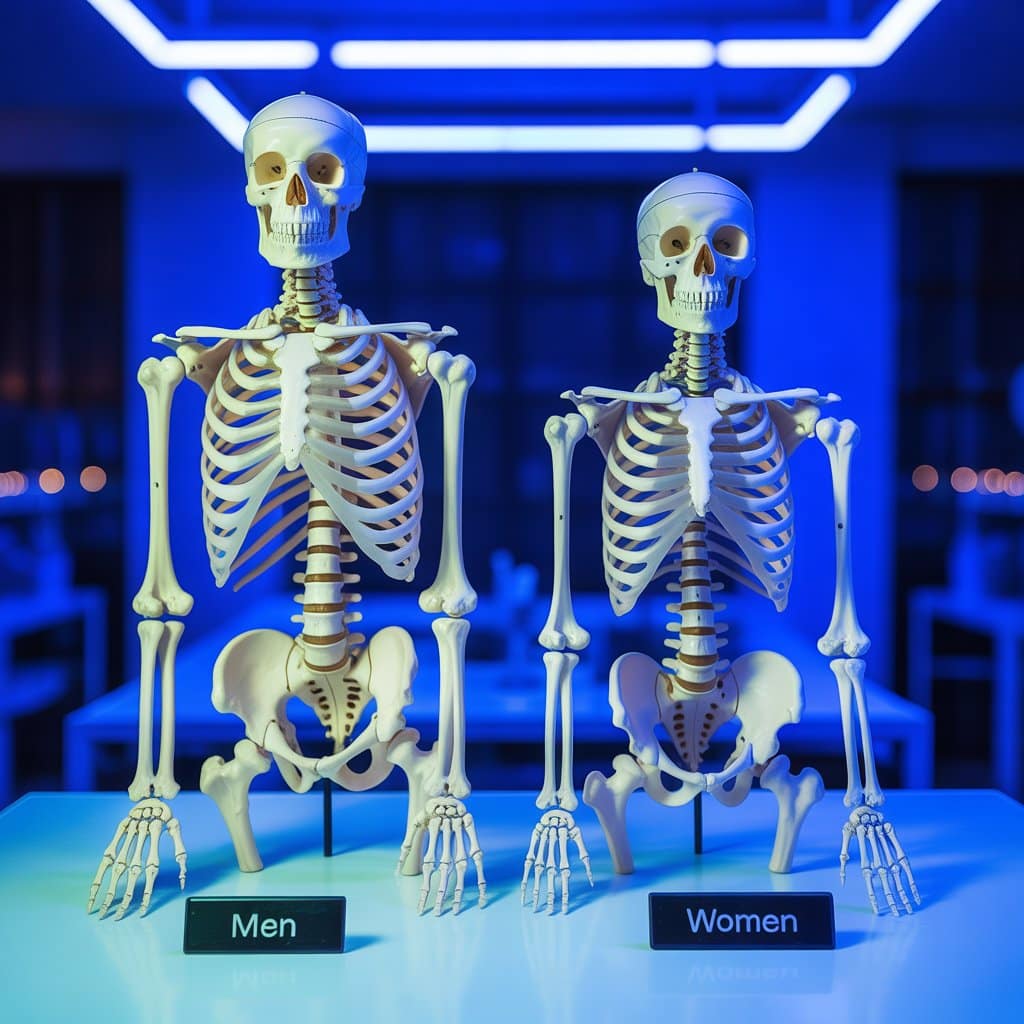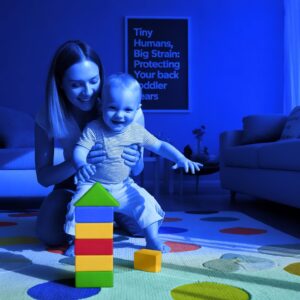Last weekend was a special one Kit played in his first ever football match, Farncombe Adders vs. Onslow Sharks. He did brilliantly (biased parent alert!) and had a great time. It’s always one of those proud moments seeing your kids out there doing their thing even if it was freezing on the sidelines!
This week I also managed to squeeze in a bit of golf on Thursday, nothing too serious, just a nice way to reset. I also caught up with a chiropractic friend from Southampton, we had a good chat about patient care, running a practice and how we can keep getting better results for you. It’s always great to share stories and ideas we’re all here to learn and keep moving forward.
It’s been lovely having a full squad back in the clinics, now that everyone’s back from holidays. It’s been great to see the team together again, the energy has been high across both sites.
This weekend is a quiet(ish) one just trying to enjoy the peace before December kicks off, and with it, the endless to do lists. Charlotte has somehow volunteered us to host Christmas this year, which is a first and potentially a mistake (we’ll let you know). If you are hosting please send tips. Anything from how to stay sane to how many pigs in blankets per person is socially acceptable.
In true pre Christmas style, it’s kids’ birthday party season, we’re in full on weekend shuttle mode football, rugby, parties, cake, repeat! Hope you’re all doing well and keeping on top of things as we roll into the final stretch of the year. Look after yourselves and we’ll see you soon in the clinic.
We often assume that all human skeletons are the same, a uniform framework of bones holding us upright. However, science continues to reveal that men’s and women’s bones tell very different stories. Between 2018 and 2025, researchers have discovered fascinating distinctions in bone size, density, structure, and even the way bones age and repair themselves.
At West Chiropractic, we see these differences in real life every day. From how men and women respond to posture related stress, to how their bodies heal after back or joint pain, the contrast is clear. These variations influence everything from flexibility and muscle attachment to recovery speed and risk of certain conditions such as osteoporosis. Understanding these subtle yet significant differences helps us tailor care, ensuring that every adjustment and rehabilitation plan meets the unique needs of each individual.
Men’s Bones: Stronger Frame, Slower Loss
Men’s bones are naturally larger, thicker, and denser. This gives them more mechanical strength and protection against early fractures. However, men aren’t invincible. Research shows that men often lose bone density silently without symptoms and are less likely to be screened for osteoporosis until a serious injury occurs.
In short: Men start stronger but often get caught off guard later in life.
Women’s Bones: Smaller but More Dynamic
Women’s bones are lighter, smaller, and slightly more flexible, perfect for mobility but more sensitive to hormonal shifts. When estrogen levels drop around menopause, bone loss accelerates dramatically; women can lose up to 20% of their bone mass within five years. This explains why 1 in 3 women over 50 will experience a fracture, compared to 1 in 5 men.
In short: Women’s bones change faster especially with age and hormonal transitions.
The Hormone Connection (Hormones are the hidden architects of bone strength.)
a) Estrogen in women helps maintain bone-building balance. When it drops, breakdown speeds up.
b) Testosterone in men supports bone density and lower levels can quietly weaken bones over time. Modern research shows that both hormones interact with bone cells differently, shaping structure, density, and even healing speed.
The Science Behind the Difference
a) 3D imaging has revealed that women’s bones have thinner outer layers but denser internal networks early in life.
b) AI-assisted scans now predict fractures more accurately by factoring in gender differences
c) New genetic studies link specific bone gene activity to estrogen and testosterone levels, offering clues for future gender-specific bone treatments.
The big picture: bone health isn’t one-size-fits-all your biology matters.
Why This Matters at West Chiropractic
Understanding how male and female bones differ helps us tailor Chiropractic care and lifestyle advice more effectively. From posture corrections to nutrition guidance, our approach considers bone density, flexibility, and hormonal influences unique to every patient.
So, whether you’re male or female, your bones tell a story and we’re here to help you keep that story strong, stable, and pain-free.
Coming Next Week: How to Keep Your Bones Strong: Tailored for Men and Women.
Now that we know men and women’s bones are built and age differently, what does that mean for real life?
Next week, we’ll explore how each gender can protect their spine and strengthen their bones with the right habits, nutrition, and Chiropractic care.
From hormone-friendly exercises to smart posture routines, we’ll break down the science into simple, daily actions for lasting bone health.
Stay tuned, your bones will thank you! Also here is a little teaser link to uncover the Secrets What You’re Not Told About Building Stronger Knee.
https://www.youtube.com/watch?v=9TSKJ82OzE0
References
- Brance, M. L. et al. (2024). Sex differences in volumetric bone geometry using 3D-DXA analysis. Bone Research.
- Compston, J. E. et al. (2019). Menopause and bone loss mechanisms. Journal of Bone and Mineral Research.
- Gielen, E. et al. (2022). Osteoporosis in older men: underdiagnosed and undertreated. Aging Clinical and Experimental Research.
- Kanis, J. A. et al. (2020). Global fracture epidemiology and gender differences. Osteoporosis International.
- Seeman, E. et al. (2021). Testosterone and bone metabolism in aging men. Bone.
- Tosi, L. L. et al. (2024). Sex and gender influences on skeletal health. Frontiers in Endocrinology.
- Wang, X. Y. et al. (2025). AI-based bone density prediction using sex-specific data. Nature Digital Medicine.
- Zhang, Y. Y. et al. (2024). Sexual dimorphism in bone microarchitecture and genetic regulation. Nature Communications.
If you are wanting to chat more about the information above then why not book a call with me and we can go into more detail? Click here to book or if you want to get an assessment then Book a consultation with a Chiropractor here
If you do know someone who wants more advice, please send them our details. You can send them this assessment as well to diagnose their back pain. It is a great tool to understand where your back pain is coming from, it is free and takes 60 seconds. Click here for assessment


